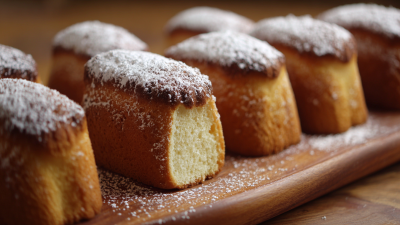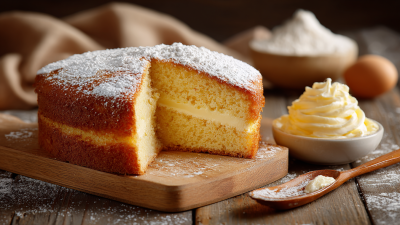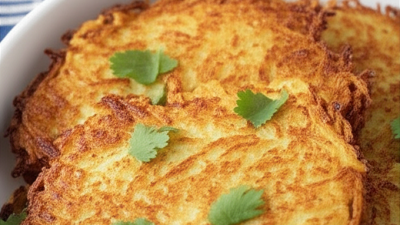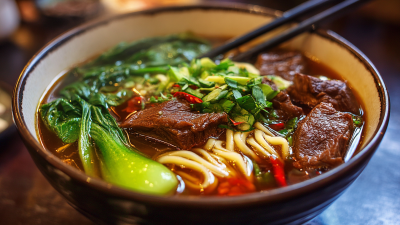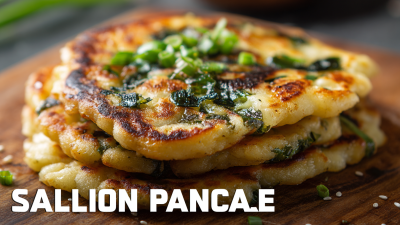
When it comes to baking, the art of creating the perfect cake can be both a delightful and daunting task. Among the myriad of cake recipes, the "Original Finger Cake" emerges as a nostalgic favorite, beloved for its unique texture and rich flavors. According to recent market insights from IBISWorld, the bakery industry is projected to grow by 3.0% annually, showcasing a rising consumer interest in homemade baked goods. Additionally, reports indicate that 74% of consumers prefer homemade cakes over store-bought options, reflecting a desire for personal touch and authenticity in culinary creations. This trend underscores the importance of mastering time-honored recipes like the Original Finger Cake, which not only offers a canvas for creativity but also a means to forge lasting memories with loved ones. In this guide, we will delve into the essential steps and tips to craft the ultimate Original Finger Cake right in the comfort of your home.
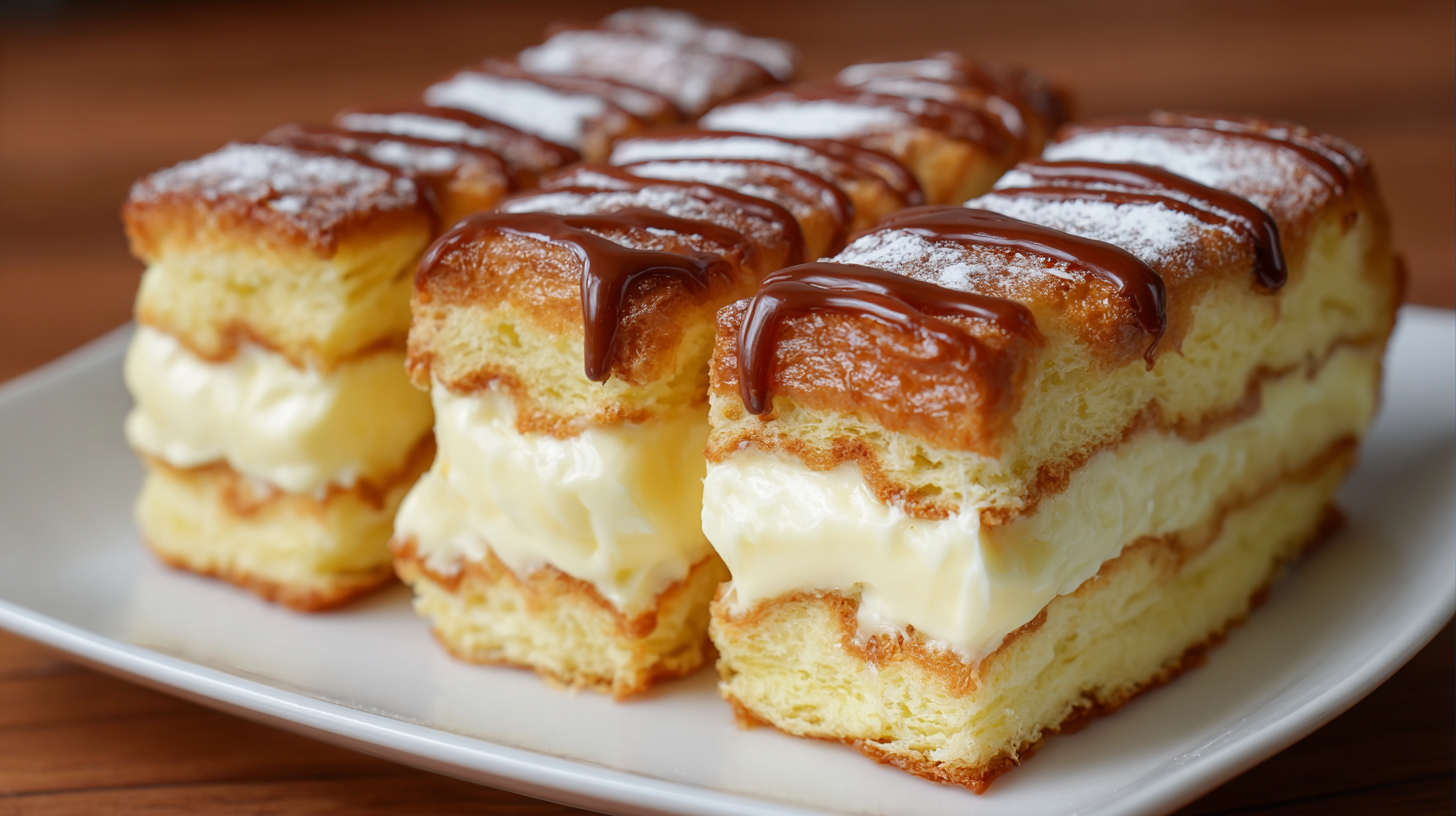
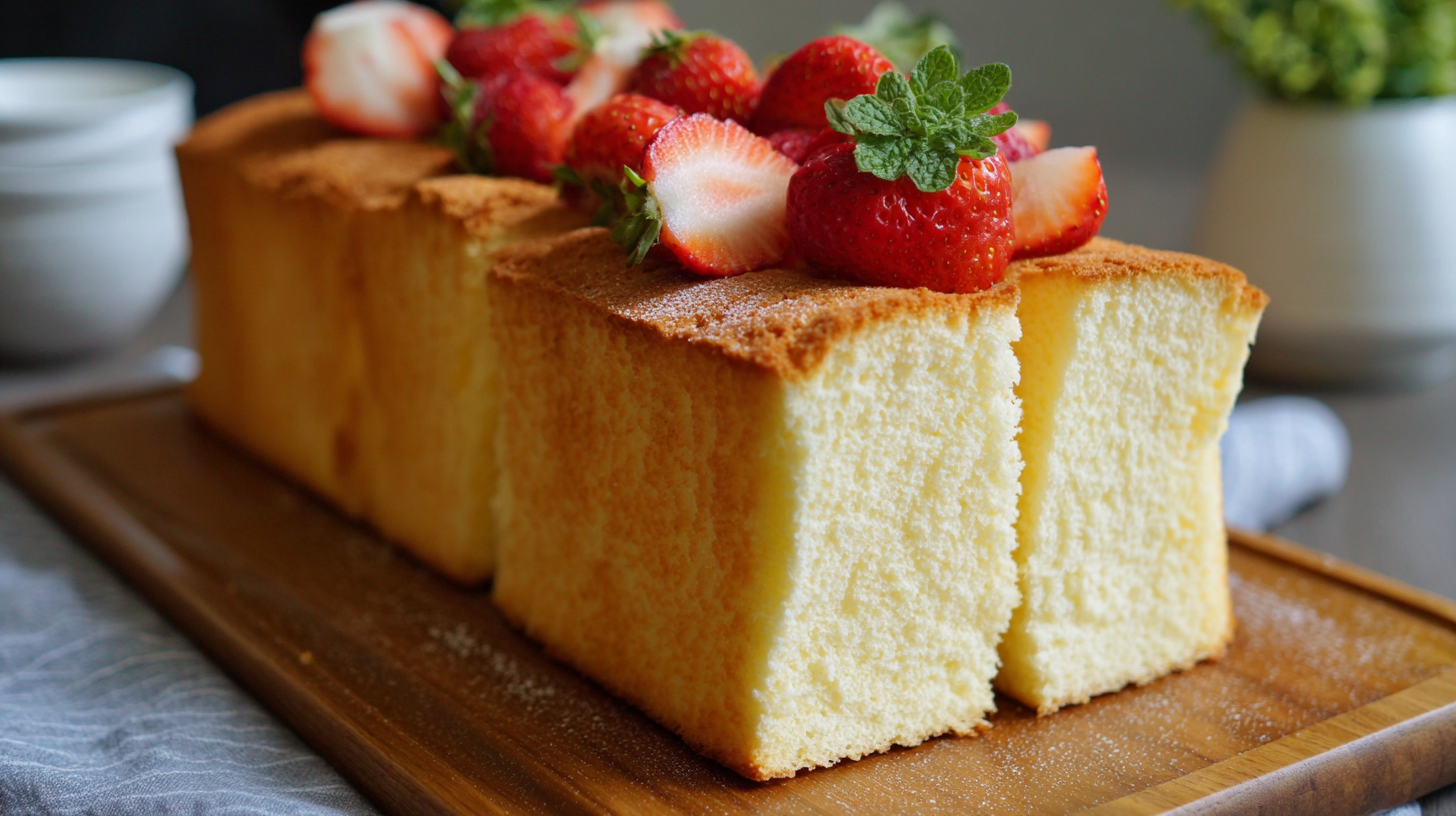 Creating the perfect original finger cake requires a keen focus on essential ingredients, as quality and proportions play a pivotal role in achieving that sought-after texture and flavor. According to a report by the National Baking Association, using high-quality ingredients not only enhances the taste but also influences the cake's overall structure. For example, opting for fresh, organic eggs can improve the cake's moisture content, and using premium vanilla extract can elevate the aroma and sweetness, making for an irresistible treat.
Creating the perfect original finger cake requires a keen focus on essential ingredients, as quality and proportions play a pivotal role in achieving that sought-after texture and flavor. According to a report by the National Baking Association, using high-quality ingredients not only enhances the taste but also influences the cake's overall structure. For example, opting for fresh, organic eggs can improve the cake's moisture content, and using premium vanilla extract can elevate the aroma and sweetness, making for an irresistible treat.
When it comes to proportions, accuracy is critical. The American Culinary Federation emphasizes that even slight variations in the ratio of flour to sugar can significantly impact the cake's outcome. A typical finger cake recipe suggests maintaining a flour-to-sugar ratio of about 2:1, ensuring the cake is neither too dense nor overly sweet. Additionally, incorporating baking powder at the right amount—usually around 1 to 1.5 teaspoons per cup of flour—can create the ideal rise and lightness that finger cakes are known for. By prioritizing quality and precision in these foundational elements, you'll be well on your way to crafting an exceptional finger cake at home.
When it comes to baking the perfect original finger cake, mastering the mixing technique is crucial. The incorporation of air into your batter plays a significant role in achieving that ideal light and fluffy texture. According to an industry report by the American Association of Cereal Chemists, proper aeration during mixing can increase the volume of baked goods by up to 40%. This demonstrates how important it is to pay attention to how you mix your ingredients.
Tips for incorporating air effectively include using room temperature ingredients, as they mix more easily and help trap air bubbles. Additionally, start by creaming your butter and sugar together until they are pale and fluffy—this step can take up to five minutes with an electric mixer. When adding flour, fold it gently to prevent deflating the air you have meticulously whipped into the batter.
Don't underestimate the power of patience. Allow your batter to rest for 10-15 minutes before baking. A study published in the Journal of Food Science indicates that resting the batter allows for better air distribution, contributing to a more even texture in the final product. Emphasizing these mixing techniques will help you master the finger cake crafting process.
| Ingredient | Quantity | Role in Texture | Air Incorporation Technique |
|---|---|---|---|
| All-purpose Flour | 2 cups | Provides structure | Sift before mixing |
| Granulated Sugar | 1 cup | Sweetness and moisture | Cream with butter |
| Unsalted Butter | 1/2 cup | Richness and flavor | Beat until fluffy |
| Eggs | 3 large | Binding agent | Whisk until frothy |
| Baking Powder | 1 tsp | Leavening agent | Mix with dry ingredients |
| Milk | 1/2 cup | Moisture | Fold in gently |
| Vanilla Extract | 1 tsp | Flavor enhancer | Add at the end |
When it comes to baking the perfect original finger cake, achieving the ideal rise and moisture content is crucial. The baking temperature plays a pivotal role in ensuring the cake gets the right amount of heat to rise properly. For finger cakes, a moderate temperature of around 350°F (175°C) is often recommended. This allows for even cooking throughout the cake without risking a burnt exterior. Additionally, preheating the oven is essential, as it ensures that the cake begins baking as soon as it is placed inside, promoting a consistent rise.
The baking time is equally important and can vary based on the size of the cake and the specific recipe. Generally, a finger cake will require approximately 25 to 30 minutes in the oven. However, it’s critical to check for doneness by inserting a toothpick into the center; it should come out clean if the cake is fully baked. If you find that the cake is browning too quickly on the top, consider reducing the oven temperature slightly or covering the cake loosely with foil to allow it to bake through without overcooking on the surface. Monitoring both temperature and time closely will help achieve the moist, fluffy texture that defines the perfect finger cake.
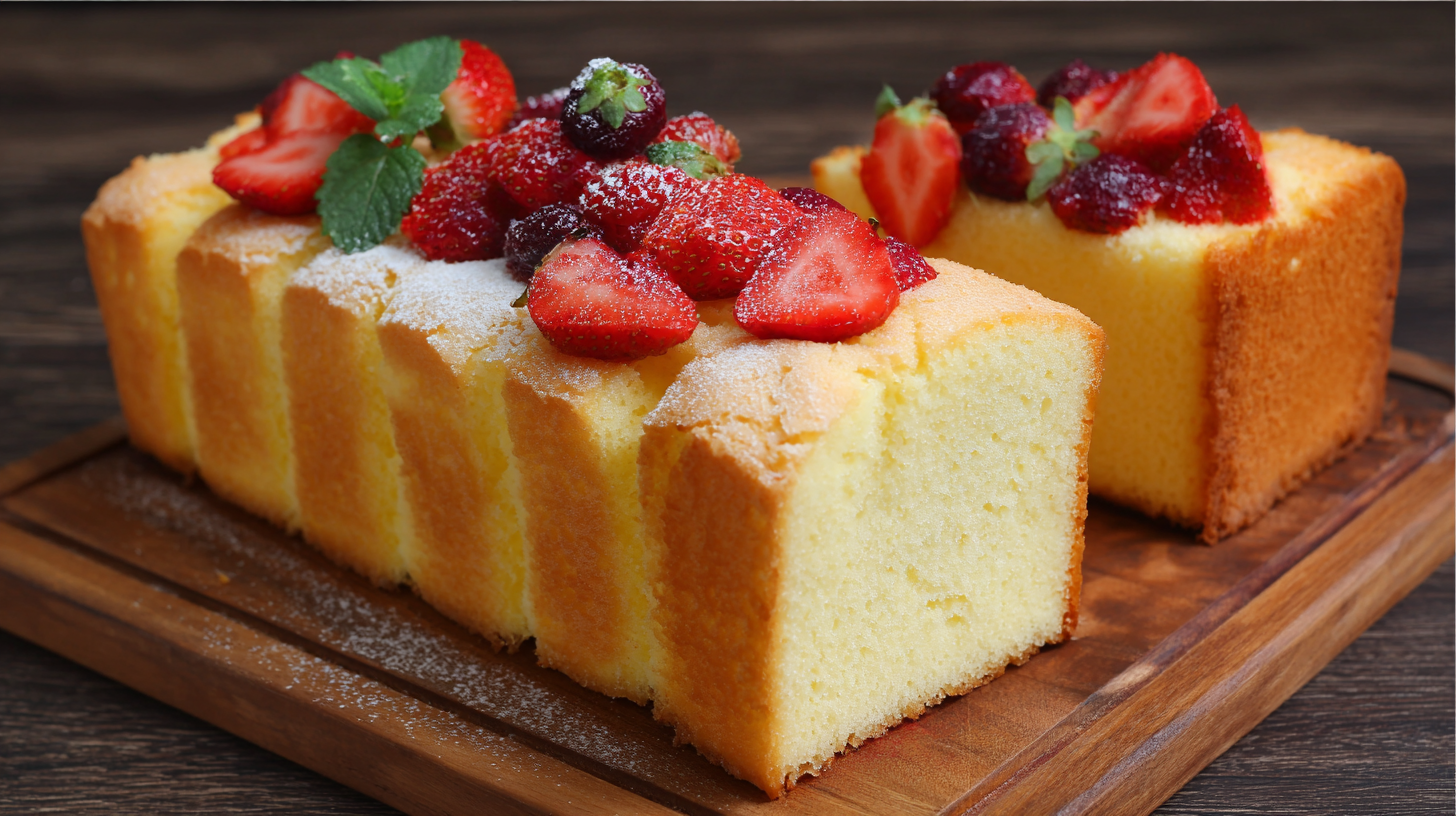
When it comes to baking the perfect original finger cake, presentation plays a vital role in elevating its overall quality. A beautifully decorated cake not only pleases the eye but also enhances the dining experience, making your dessert memorable for guests. Using fresh fruits, edible flowers, or even a sprinkle of powdered sugar can add a touch of elegance. Remember, less is often more—opt for simple yet striking designs that allow the cake's flavors to shine through.
Tips: When decorating your finger cake, consider using contrasting colors to create visual interest. For example, if your cake is a rich chocolate, pairing it with bright berries can create a stunning balance. Additionally, using a light glaze or icing can give your cake a sophisticated finish without overwhelming its flavor. When it comes time to serve, choose plates that complement the cake’s color palette, as the right dish can further enhance the overall presentation.
Tips: Don't forget to add height to your cake display! Stacking smaller finger cakes or layering decorative stands can create an eye-catching centerpiece. This technique not only attracts attention but also allows guests to easily sample various flavors. With thoughtful decoration and presentation, your homemade finger cake will not only taste delicious but also look like a work of art.
When making the perfect original finger cake, consistency and flavor are paramount, and avoiding common mistakes can vastly improve your results. One of the most frequent errors home bakers encounter is neglecting the importance of accurate measurements. According to culinary experts, even a slight variation in ingredients can lead to imbalance in texture and taste. For instance, using too much flour can make the cake dense, while too little can cause it to collapse. Precision in measuring not only ensures consistent results but also contributes to achieving that desirable light and airy crumb.
Furthermore, the mixing technique plays a critical role in the outcome of your finger cake. Many home bakers often over-mix the batter, which can develop gluten and lead to a tough texture. A comprehensive study on baking released by a culinary arts institute revealed that gentle folding methods help preserve the cake’s airiness, resulting in a tender crumb. Additionally, baking times and temperatures must be adhered to closely; an underbaked cake can ruin the entire effort, as noted by professional chefs in various cooking guides. By steering clear of these common pitfalls, you can elevate your homemade finger cake to new heights of perfection.
This chart illustrates common mistakes made while making a finger cake at home, highlighting the frequency of each mistake based on a survey of home bakers.
